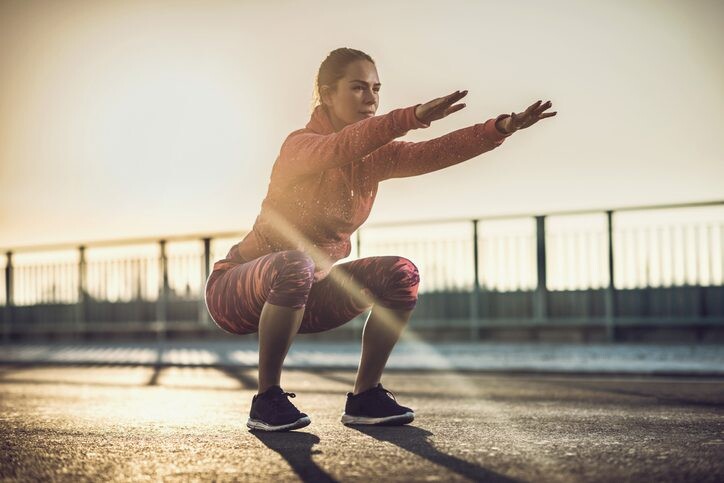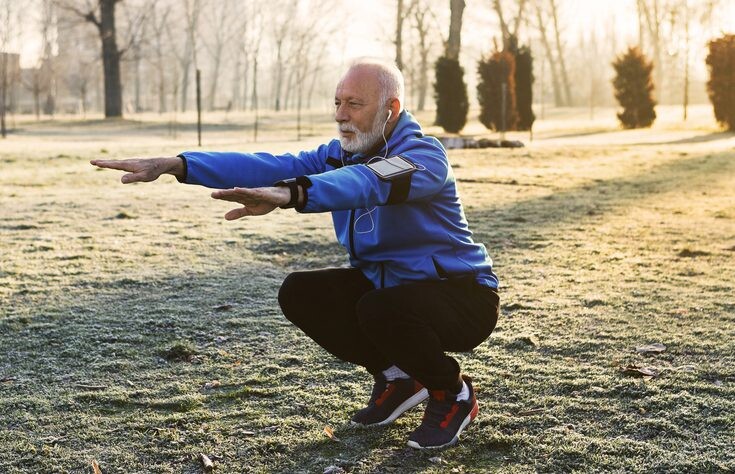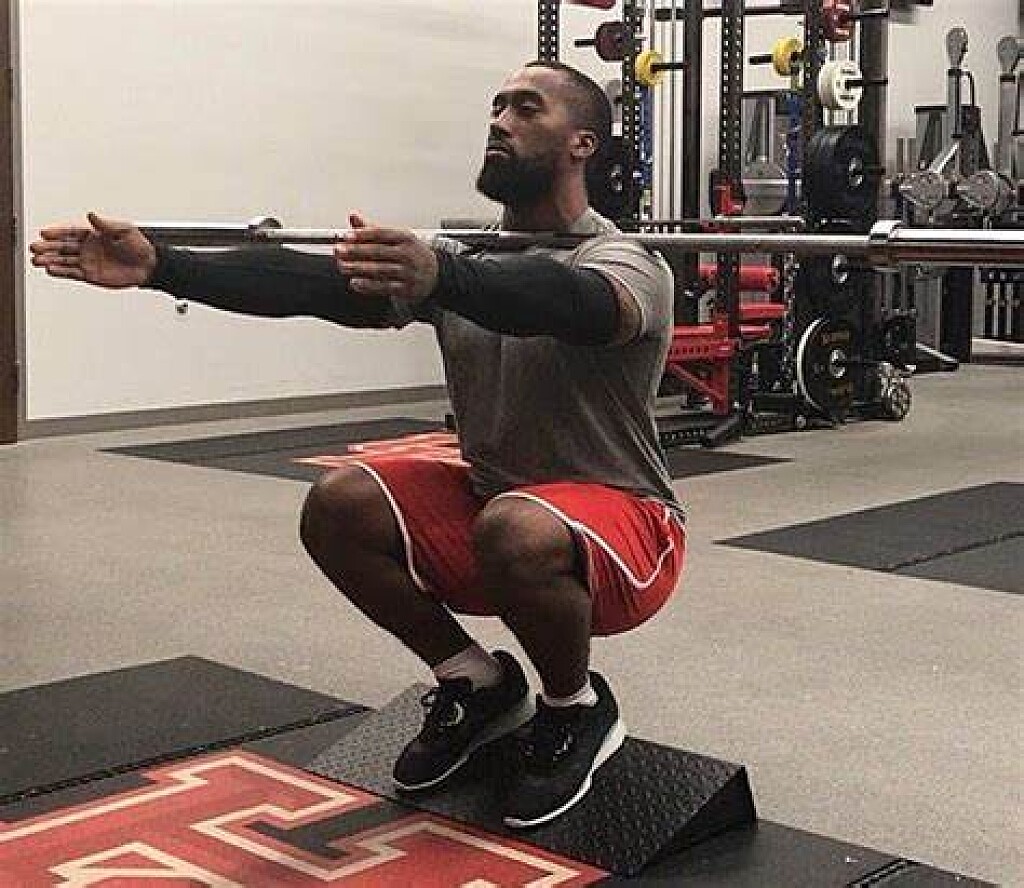Running News Daily
Running News Daily is edited by Bob Anderson. Send your news items to bob@mybestruns.com Advertising opportunities available. Train the Kenyan Way at KATA Kenya and Portugal owned and operated by Bob Anderson. Be sure to catch our movie A Long Run the movie KATA Running Camps and KATA Potato Farms - 31 now open in Kenya! https://kata.ke/
Index to Daily Posts · Sign Up For Updates · Run The World Feed
One strength move all runners should master
Any runner who has dipped their toes into strength training is familiar with the squat—it’s the golden ticket to a powerful, injury-free lower body. With so many variations like split squats, sumo squats, jump squats and goblet squats, it can be tough to pick your poison. Enter the cyclist squat: a balance-challenging, muscle-targeting powerhouse that adds only five to 10 minutes to your regular routine. Cyclists have been using this move for years to amp up their lower leg strength, and it scores major points for runners, too. Here’s how—and why—you should be doing it.
Master the move
Place your heels on a slightly elevated surface, like a weight plate or small block, keeping your feet close together and your toes pointed slightly outward.

Lower your body into a squat by bending your knees and pushing your hips back, keeping your chest upright and core engaged. Aim to lower until your thighs are parallel to the ground or slightly below. Focus on keeping your knees from collapsing inward.
Push through your heels to return to the starting position.
Work up to three sets of 10-15 reps, aiming for smooth, controlled movements.

What am I working?
Quad activation: Your quads are the stars of the show. Elevating your heels creates an intense focus on the quads, promoting forward knee movement. You’ll feel the burn as this muscle takes centre stage. The higher the heel raise, the more your quads are engaged.
Glute gusto: Your glutes are doing double duty. As you lower, they work eccentrically with control, and as you rise, they contract to extend your hips, bringing you back to the starting position.
Calf and ankle action: It’s not just about the quads and glutes—your calves (soleus and gastrocnemius) and ankles are also in on the action, maintaining balance and stability throughout the move.
Core connection: Maintaining stability as you move requires strength throughout your midsection, with your abdominal and lower back muscles helping you stay solid.
by Keeley Milne
Login to leave a comment




